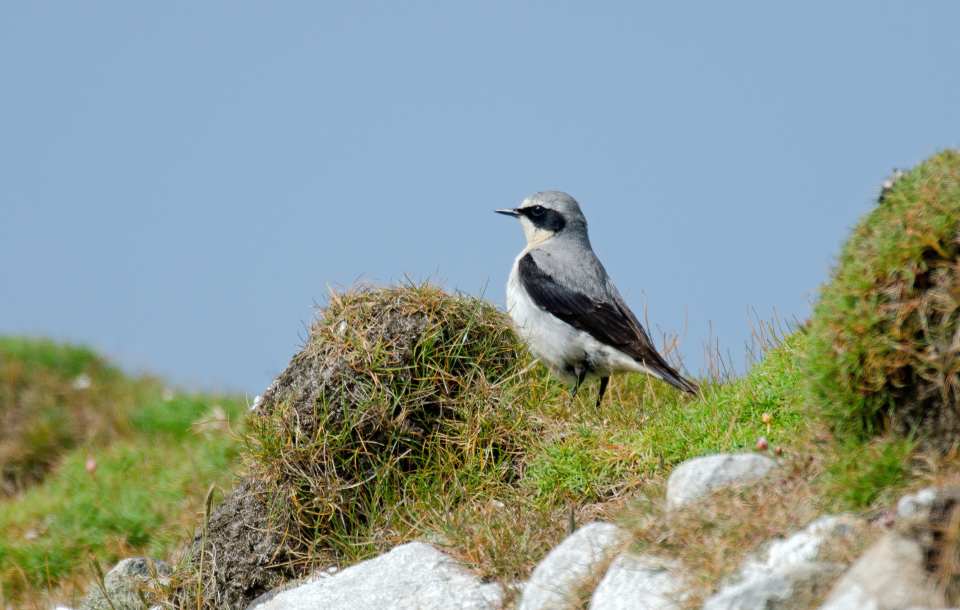Species Guide: European Robin (Erithacus rubecula)
Family: Muscicapidae
Appearance
The European Robin (Erithacus rubecula) is possibly one of the most iconic birds in the U.K. and a public favorite. They are often associated with Winter time due to their appearance on Christmas Cards, but of course, they are a resident all year around. It is thought that their popularity dates back to the Victorian era when postmen wore red jackets at Christmas and were nicknamed Robins. Whether this association is true or not, it is certainly the case that the Robin has a spectacular red breast.
Robin Diet
Robins eat a variety of food including insects, fruit, and seeds, plus their favorite which is earthworms.

Habitat
Robins can be found across the U.K. and favor woodland and hedgerow habitats. It is estimated that there are up to 6.7 million Robin territories across the UK.

Summer
Resident
Winter
Ad Space
BEHAVIOR
Robins love to put on a song, and have one of the most enchanting voices.
Males and females look identical, both sporting a bright red breast; making them instantly noticeable and recognizable! The red breast feathers are actually used as a warning to other Robins. It helps them defend their territories. They have brown feathers on their backs graduating to more whitish tones on their bellies. Juveniles can be more difficult to distinguish as Robins, as they are brown all over with flecks of white on their bellies.

Robins are extremely aggressive to each other, and can often be seen chasing each other around in their endeavors to secure their territories.
They are quite comfortable around humans, particularly gardeners. It is thought that this dates back to their relationship with wild boar; which used to dig up the ground with their snouts in search of food; thereby exposing worms which the Robins love! In the same way, it can be surmised that gardeners dig up the soil doing much the same thing!
Robins typically breed in the Spring, although they will breed earlier if the weather is mild. The female constructs a nest from moss, leaves, and other materials close to the ground. The female can lay up to 6 eggs, with hatch after 2 weeks, and fledge after 4 weeks.
Biometrics2
Adults are up to 14cm in length with a wingspan of up to 22 cm and weigh up to 21 grams.
NATURAL PREDATORS
The Sparrowhawk is a major threat to them, as they will snatch adults as well as nestlings from their nests. Eggs and chicks are also susceptible to predation by mammals.
Conservation Status
The Robin is an adaptable bird and is thriving despite the loss of its natural habitat.
U.K.
Conservation Status

Global
Conservation Status

Related Articles






Ad Space
Citations
- By IUCN Red List of Threatened Species, species assessors and the authors of the spatial data., CC BY-SA 3.0, [Accessed 17/10/2025] ↩︎
- Featherbase [Accessed 17/10/2025] ↩︎







